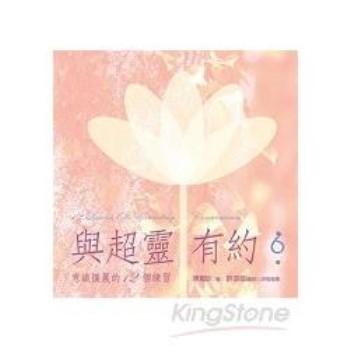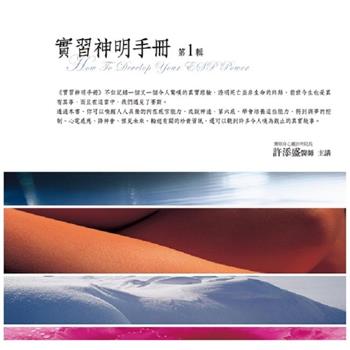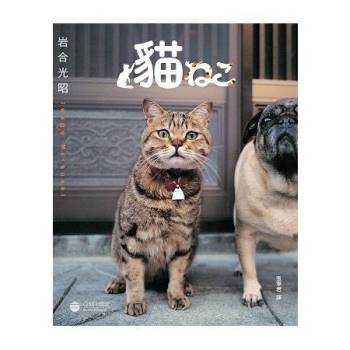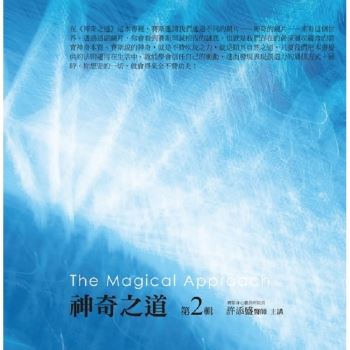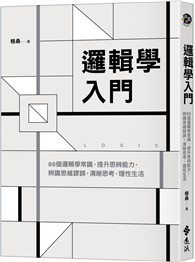This book provides a state-of-the-art overview of the concepts and methodologies of data and modelling-driven hydrological analyses and their wide range of practical applications. The book is driven by the realisation that science, technology, engineering, and mathematics (STEM) concepts are essential in engineering hydrology to produce well-trained hydrologists. Such hydrologists will be equipped to face future societal challenges that require enhanced information and communication technology tools and integration of technical and non-technical areas. The book contains 12 chapters that introduce the principles of hydrological data analysis and highlight the current and emerging tools and techniques for analysing hydrologic data. The book describes the types of data typically used in hydrological analyses. It highlights the revolutionary technological advancements made toward hydrological data collection, including the use of drones and smartphones. The foremost objective of the book is to present the hydrological data analysis procedures. It explains the steps involved in data analysis for easy understanding of the reader, including students and professionals. This book presents case studies that demonstrate step-by-step procedures involved in typical analysis problems and may guide students and professionals in planning and executing steps to analyse the problem at hand. Case study examples will guide them to understand the intricacies of hydrological data analysis. It provides the readers with a complete package to enrich their understanding of the hydrological data analysis tools and techniques. Subsequently, as well-trained hydrologists, they could execute their learning to meet any specific grand challenge of the twenty-first century.
| FindBook |
有 1 項符合
Hydrological Processes Modelling and Data Analysis: A Primer的圖書 |
 |
Hydrological Processes Modelling and Data Analysis: A Primer 作者:Singh 出版社:Springer 出版日期:2024-04-02 語言:英文 規格:精裝 / 250頁 / 普通級/ 初版 |
| 圖書館借閱 |
| 國家圖書館 | 全國圖書書目資訊網 | 國立公共資訊圖書館 | 電子書服務平台 | MetaCat 跨館整合查詢 |
| 臺北市立圖書館 | 新北市立圖書館 | 基隆市公共圖書館 | 桃園市立圖書館 | 新竹縣公共圖書館 |
| 苗栗縣立圖書館 | 臺中市立圖書館 | 彰化縣公共圖書館 | 南投縣文化局 | 雲林縣公共圖書館 |
| 嘉義縣圖書館 | 臺南市立圖書館 | 高雄市立圖書館 | 屏東縣公共圖書館 | 宜蘭縣公共圖書館 |
| 花蓮縣文化局 | 臺東縣文化處 |
|
|
內容簡介
作者簡介
Vijay P. Singh is a Distinguished Professor, Regents Professor, and Inaugural Holder of the Caroline and William N. Lehrer Distinguished Chair in Water Engineering at Texas A&M University, USA. He is a Registered Professional Engineer, Registered Professional Hydrologist, and Honorary Diplomate of ASCE-AAWRE. He is a Member of the National Academy of Engineering (NAE), an Academician of Georgia Fazisi Academy, a Member of the European Academy of Sciences and Arts, and a Fellow/Member of 12 other international science/engineering academies. He has published extensively in the areas of hydrology, irrigation engineering, hydraulics, groundwater, hydraulic geometry, water quality, food-water-energy-environment nexus, water resources, entropy theory, copula theory, and climate change impacts with more than 1,540 refereed journal articles; 40 books; 95 edited reference books, as well as the Handbook of Applied Hydrology and Encyclopedia of Snow, Ice and Glaciers; 130 book chapters; and 330 conference papers.
Rajendra Singh has been a Faculty in the Agricultural and Food Engineering Department at IIT Kharagpur since 1989. He has been associated with the Land and Water Resources Engineering (earlier, Soil and Water Conservation Engineering) discipline of the department and has taught surface water hydrology at UG and PG levels. He has contributed significantly to the agricultural engineering profession through teaching, research, and technology transfer. He has developed and popularised five software packages, including the "Hydrology Calculator," to improve agricultural engineering education and research. He is a Fellow of the National Academy of Agricultural Sciences (NAAS). He has received the "Jawaharlal Nehru Award" for the best doctoral research, the "ICAR Young Scientist Award," the "AICTE Career Award for Young Teachers," "Recognition Award" in the area of "Soil and Water Conservation Engineering" from NAAS, and "Outstanding Book Award" from ISAE for his book "Soil and Water Conservation Structures Design."Pranesh Kumar Paul is Distinguished Research Scientist at the University of Guelph, Guelph, Canada. He has completed his Ph.D. and Masters in the broad domain of hydrology and climate change from the Indian Institute of Technology Kharagpur. Before joining his current position, he worked as an International Fellow at the Chinese Academy of Sciences. As a Research Scientist, he continues to delve into the complexities of hydrology, contributing to the scientific community and collective understanding of water systems.
Deepak Singh Bisht is Scientist ’C’ at the Centre for Cryosphere and Climate Change Studies within the esteemed National Institute of Hydrology, Roorkee. He has completed his Ph.D. and Masters in the broad domain of Hydrology and Climate Change from the Agricultural and Food Engineering Department at the Indian Institute of Technology Kharagpur. Before joining NIH, he served as Assistant Professor of Soil and Water Engineering at the Sugarcane Research Institute of Dr. Rajendra Prasad Central Agricultural University, Pusa. His diverse research interests encompass hydrological modelling, hydro-climatology, springshed management, flood modelling, hydrological extremes, and the application of remote sensing and GIS in water resource management. He has published several research papers in internationally reputed, peer-reviewed journals. He has also received recognition for his contributions as a Reviewer for peer-reviewed journals and as a Proceeding Editor for an international conference.
Srishti Gaur is a Post-doctoral Scholar in the Department of Food, Agricultural and Biological Engineering at the Ohio State University. She graduated with her joint M.Tech.-Ph.D. degree in Land and Water Resources Engineering from the Indian Institute of Technology Kharagpur in April 2022. She has a broader research interest in the fields of hydrology, eco-hydrology, hydro-climatology, environmental sustainability, and machine learning. The techniques involved in her research include modelling and simulation, machine learning, geospatial analysis, remote sensing, and hydrological and eco-hydrological field data collection. She is an Active Member of the American Society of Agricultural and Biological Engineering (ASABE) and the American Geophysical Union (AGU).
|
